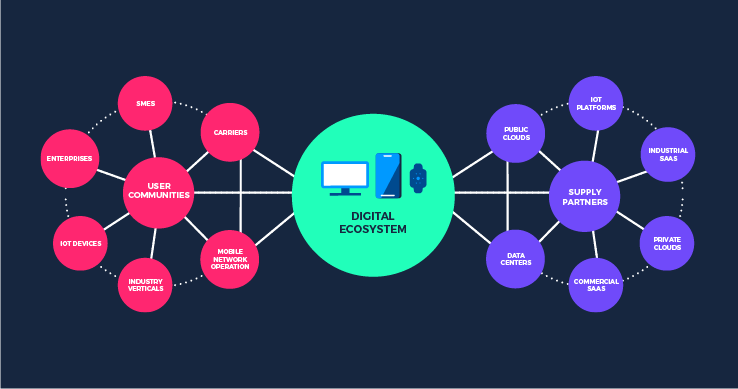Top Three API Tips For Network Automation
By Alex Hawkes|30 November, 2020

Topics:
Networking
By Alex Hawkes|30 November, 2020

APIs represent the new frontier for CTOs - offering limitless potential to orchestrate and automate applications, services and networks.
In our recent webinar, PCCW Global’s CTO Paul Gampe and AVP of New Technologies Shahar Steiff looked at some of the opportunities and challenges that APIs are presenting for CTOs with the automation of networks. Here we share three of their top tips.
As enterprises move more mission critical workloads to the cloud, many CTOs are realising that the public internet is no longer suitable for their connectivity needs. Instead they are looking to directly connect to their cloud providers to enhance network performance and security.
Deploying and managing these direct connections to a public cloud provider requires time and investment in training and development for internal IT teams. And as many enterprises pursue a multi-cloud strategy, CTOs could find that even more of their internal resources are needed for managing direct connections to multiple cloud providers.
“One of the value propositions of Console Connect is that we’ve done a lot of that heavy lifting. We’ve already done a lot of that development work and integrated the platform with all the major cloud providers, including AWS, Google Cloud, Microsoft Azure and IBM Cloud. That means if you integrate to our platform via API, we seamlessly make all those cloud connectivity endpoints available to you,” says Paul.
API standards are a constantly evolving landscape. When it comes to cloud connectivity, for example, there is no standardisation for API integration and so CTOs need to keep a close eye on the lifecycle of their APIs.
One way to do this is to look for an API partner provider that can help shield them from some of the API dependencies and manage overall integration. “One of the benefits of partnering with Console Connect is that we buffer you from the changes that happen with the big public cloud providers. For example, as AWS evolves its API, we can plan and coordinate and make sure that the end-point we provide you remains stable,” says Paul.
At the same time, CTOs need to manage their own API lifecycle and make sure they clearly communicate any changes across their partner ecosystem: “As an internal provider of APIs, often we are adding new capabilities to our API. We need to manage that version control and clearly communicate when we move from one version to another,” Paul adds.
Developing an API ecosystem involves collaborating with a large number of partners. A good first step with any API strategy is to look at existing industry standards.
“All the players in the ecosystem need to be able to interoperate with one other. We must be inclusive by adopting the same standards and information models. There are now multiple industry bodies – either standards-based or open source-based – that are helping to develop standards,” says Shahar.
If industry standards are not already on your roadmap then they should be. In the case of Console Connect, our platform was created before the MEF’s LSO Sonata API standards, but we’ve since aligned with these standards to help enterprises integrate more easily with our platform.
Developer enablement is also an essential part of an API strategy, and is something that can be explored during the testing and development phase of an API: “We use the Console Connect API extensively in our test driven development lifecycle. We build all the test infrastructure against our API endpoint as part of our on-boarding process,” says Paul.
©2026 PCCW Global. All Rights Reserved.